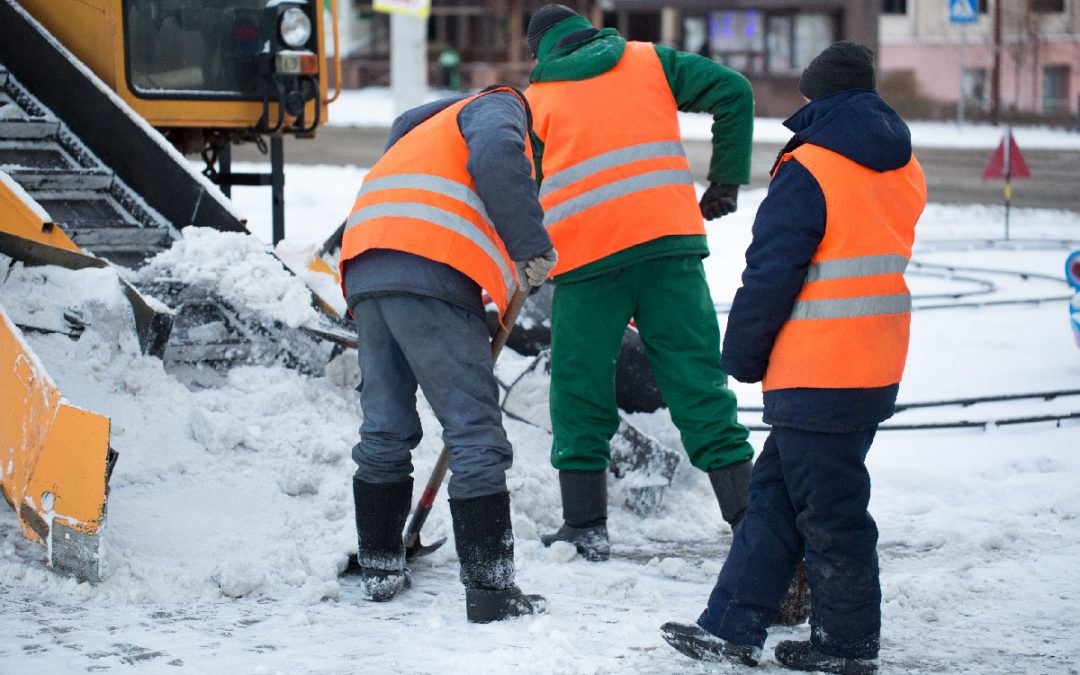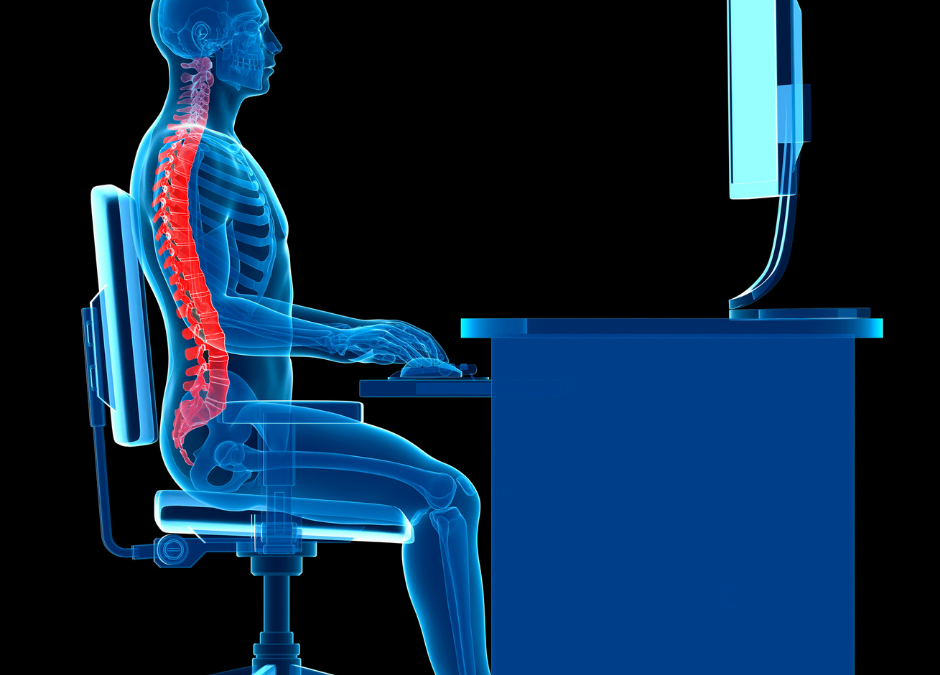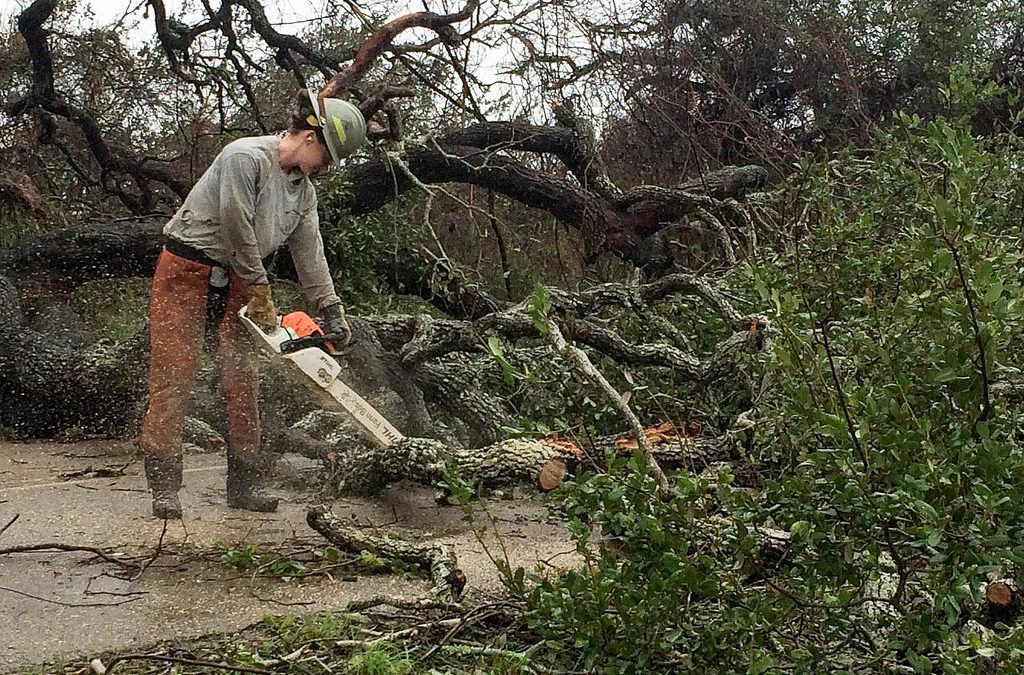
by TSS Safety | Dec 5, 2023 | Featured, OSHA, Workplace Safety
In many parts of the country the cold winter weather has arrived, and with it come numerous health and safety hazards that aren’t always visible to the naked eye. Cold stress, which occurs when the skin and body temperature is driven down to the point where the body...

by TSS, Inc. | Mar 9, 2022 | OSHA, Workplace Safety
Musculoskeletal injuries that affect muscles, nerves, blood vessels, ligaments and tendons, are among the most common workplace health issues. Repetitive motion, awkward positioning and overexertion can cause a variety of issues ranging from minor muscle stiffness to...

by TSS, Inc. | Dec 9, 2021 | OSHA, Workplace Safety
As employers, we are responsible for the health and wellbeing of our employees at work and the people our business serves. Over the last two years, this basic responsibility has taken on entirely new dimensions. We quickly had to learn COVID precautions and protocols...

by TSS Safety | Jan 15, 2020 | Featured, OSHA, Workplace Safety
Forklift accidents account for approximately 85 deaths, 34,900 serious injuries, and 61,800 non-serious injuries each year in the United States, according to the government. While OSHA requires employers to train their forklift drivers thoroughly, the training of...

by TSS Safety | Oct 18, 2018 | Featured, OSHA
End of summer and fall are periods when certain regions of the United States see an increase in extreme weather events, including hurricanes, flooding, and tornados. For workers, clean up after one of these natural disasters can be an extremely dangerous on-the-job...

by TSS Safety | Jul 24, 2018 | Featured, OSHA
The term “Competent Person” is used in many OSHA standards and documents. An OSHA “competent person” is defined as “one who is capable of identifying existing and predictable hazards in the surroundings or working conditions which are unsanitary, hazardous, or...







